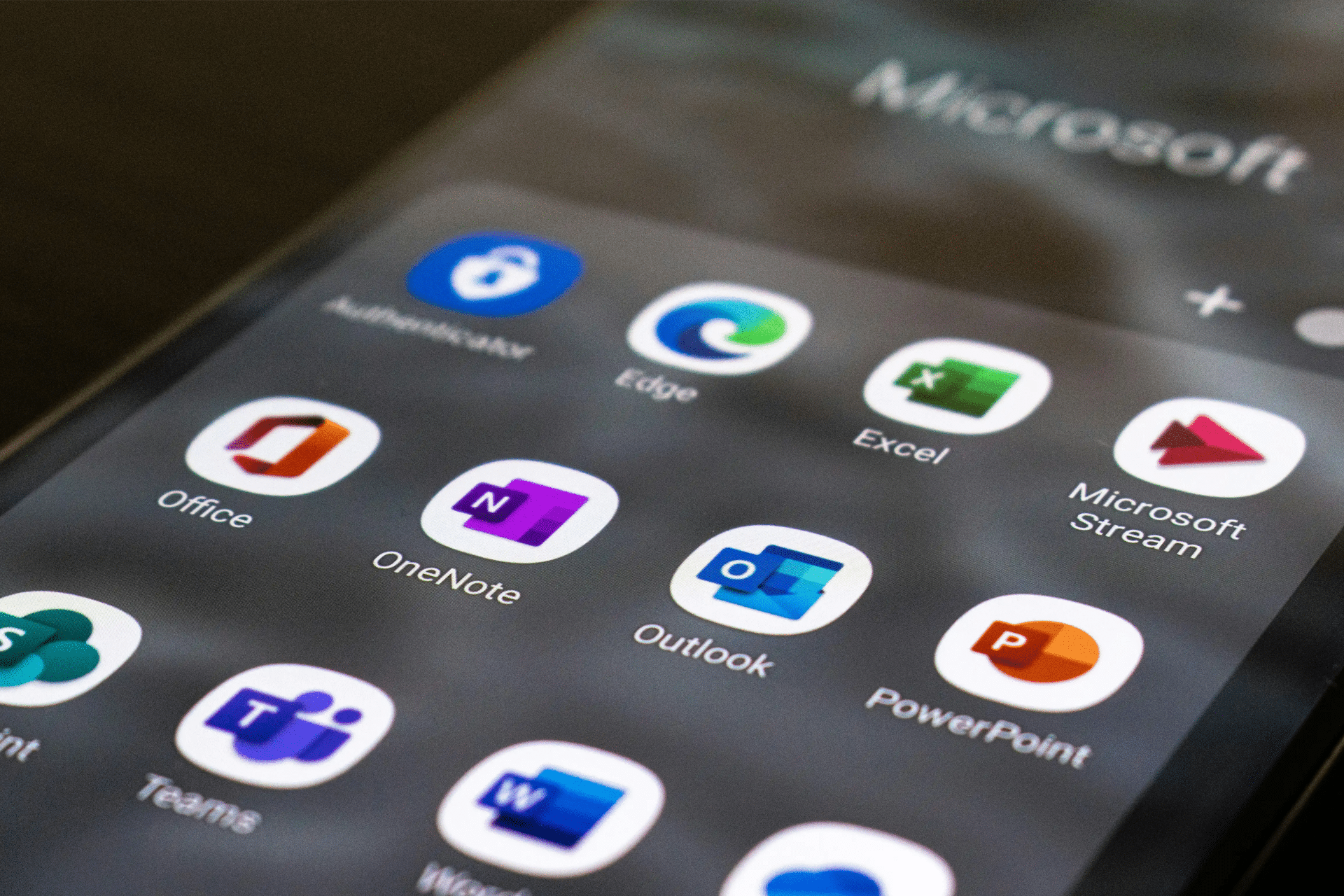Microsoft is under fresh scrutiny for the way it prices and promotes its software subscriptions. A new legal challenge alleges the company steered millions of Microsoft 365 customers toward auto-renewing plans even when cheaper or more suitable options were available, reviving long-standing concerns about how the world’s largest software vendor treats both consumers and businesses. The complaint lands at a moment when regulators and industry rivals are already pressing Microsoft over the cost and conditions attached to its cloud and productivity software.
At the center of the new case is the claim that Microsoft’s subscription prompts and renewal flows nudged users into sticking with default choices that weren’t necessarily the best value. The dispute echoes a broader debate around “dark patterns” in subscription interfaces, where design can influence decisions more than transparent comparisons do. For a product line as ubiquitous as Microsoft 365, even small frictions in the checkout path can affect millions.
The lawsuit also arrives against a backdrop of pricing reforms Microsoft has rolled out in Europe to address competition concerns. After years of pressure over the bundling of Teams with Office, Microsoft agreed to sell Teams separately and adjust prices for suites without the chat app. Those steps helped the company avert steeper penalties—but they also opened the door to deeper questions about whether Microsoft’s licensing and renewal structures, from the consumer level to enterprise plans, have been engineered to favor its own ecosystem.
The immediate legal risk from the new case is focused on the subscription experience for individuals and households. The strategic risk is wider: it puts Microsoft’s software pricing front and center again just as regulators reassess what counts as fair choice in cloud and productivity markets.

Regulators Tighten the Lens on Pricing and Bundles
European authorities have already pushed Microsoft to unbundle Teams from its Office suites and to widen the price gap between versions with and without Teams. Those commitments, accepted in September 2025, were intended to address rivals’ complaints about lock-in and to give customers clearer, cheaper alternatives when they didn’t need the chat client. In parallel, European cloud providers have pressed for changes to Microsoft’s licensing rules that they say penalize customers who want to run Windows and Office on competing clouds, arguing the fees make migration prohibitively expensive.
While the European measures targeted business plans, the new consumer-focused lawsuit broadens the spotlight to how Microsoft presents choices inside its retail storefronts. If the company is found to have emphasized auto-renewal paths over more economical options, it could be forced to redesign purchase flows, expand disclosure around plan differences, and issue refunds to affected users. Those changes would ripple across markets where Microsoft 365 is sold directly to consumers.
Why Auto-Renewal Interfaces Matter
Subscription renewals are a powerful lever. Defaults carry weight, and the phrasing and placement of prompts can guide decisions as surely as the price itself. Consumer regulators have spent the past two years sharpening rules around auto-renewal consent, cancellation friction, and the presentation of alternatives. For tech firms, the standard is shifting from “not misleading” to “affirmatively clear,” especially where long-running subscriptions are concerned.
If courts conclude that Microsoft’s flows nudged users toward more expensive options, the remedy would likely require a more neutral comparison of plans at renewal, prominent disclosure of lower-cost choices, and one-click cancellation paths that mirror the ease of sign-up. For a company with Microsoft’s scale, even modest conversion changes could translate into significant revenue impact—one reason these cases are being watched closely by investors and competitors alike.

Implications for Enterprise Licensing and the Cloud
Though the suit centers on consumer plans, it lands amid ongoing debates about enterprise licensing. European cloud groups have argued that Microsoft’s terms make third-party clouds less economical than Azure by design, citing surcharges and portability limits for Windows and Office licenses. Microsoft has announced concessions in Europe and engaged with trade groups on further adjustments, but critics say many customers still face higher costs off-Azure.
The pattern matters: when regulators see issues at both retail and enterprise levels, they are more likely to push for wider remedies that standardize disclosure and expand portability. If Microsoft is compelled to provide clearer plan comparisons or more neutral defaults for households, enterprise buyers may seek analogous transparency for multi-year, multi-cloud contracts. The outcome could be a new baseline for how software giants present pricing, portability, and renewals across product tiers.

How Microsoft Might Respond
Historically, Microsoft has defused regulatory flashpoints with targeted settlements: unbundle a product, adjust a fee, add a new SKU. Expect a similar playbook here. The company could offer changes to its consumer purchase flows—more prominent side-by-side plan summaries at renewal, clearer explanations of discounts, reminders before price changes take effect—and frame the moves as part of its broader commitment to choice and transparency. If that satisfies regulators, Microsoft avoids prolonged litigation and keeps pricing flexibility intact.
But the balancing act is delicate. Microsoft’s subscription business depends on predictable renewals and upsell momentum. Any redesign that reduces friction also risks lowering average revenue per user. The company will attempt to thread the needle: comply with evolving standards on default choices and disclosures while preserving the upgrade paths that underpin its services growth story.
The near-term impact—if the plaintiffs prevail or a settlement arrives—would likely be a cleaner renewal experience with fewer assumptions, more visible alternatives, and better alerts before auto-renewal at a new price. For small businesses, knock-on effects could include easier downgrades, clearer SKU comparisons, and simpler migrations between suites.
Enterprise buyers may gain leverage in contract negotiations, pointing to consumer-side transparency changes as precedent for more neutral licensing terms in the cloud. If regulators continue to link bundling, portability, and pricing clarity, the result could be a more level field for running Microsoft software on competing infrastructure—without punitive surcharges.
The 2026 Outlook
Looking ahead, expect Microsoft to widen the distance between bundles and à-la-carte options, a strategy it has already adopted in Europe post-Teams. Clearer price steps can both satisfy regulators and preserve upsell incentives. Also likely: more regional differentiation, where Microsoft tailors licensing menus to local compliance rules while keeping its global product matrix as unified as possible.
For the broader industry, this case signals that pricing presentation is now a competition issue, not just a consumer-protection concern. As software giants lean harder on subscriptions, the line between “design” and “deception” will be tested in courtrooms as often as in app stores. However it resolves, the lawsuit is another marker that the next phase of software competition won’t be won on features alone—but on how clearly, fairly, and portably those features are sold.








